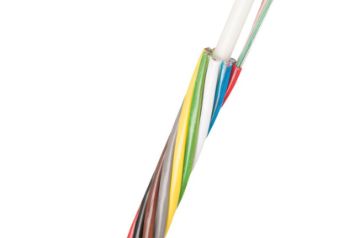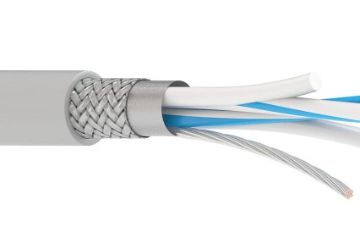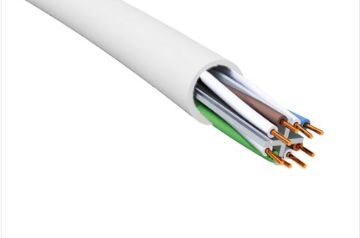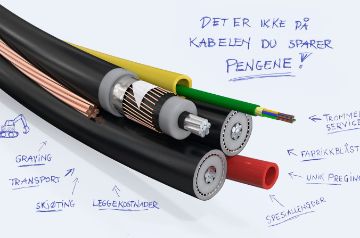- Products
- Segments
- Newsroom
- Tools and Resources
- Sustainability
- We are Nexans
- Search
- Contact us
- Compare
- Sign in
CSR
10 technologies to electrify the future: electric cars
Mar 10, 2023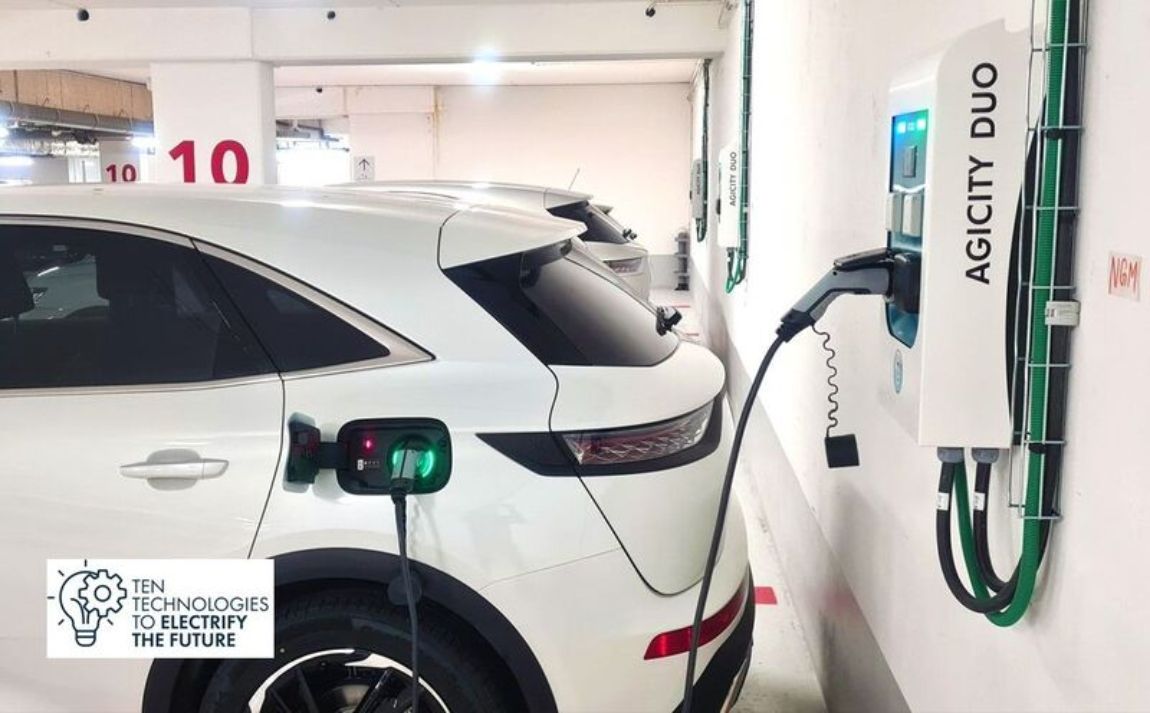
Like other sectors, the automotive industry must evolve to meet future economic and ecological challenges. Currently, fossil fuel vehicles are responsible for almost 10% of CO2 emissions worldwide. In Norway, transport (in general) accounts for as much as 30% of our CO2 emissions - with emissions from road traffic being the biggest culprit.
The electrification of vehicles is therefore a key issue in the transition to a low-carbon economy.
At the same time, we know that electrification will contribute to increased global demand for electricity. According to the World Energy Outlook 2022 published by the International Energy Agency, the increase we can expect between now and 2030 is the same as adding the entire current consumption of both the US and the EU.
That equates to somewhere between +5,900 to +7000 TWh. That's a pretty big increase.
Two of the main contributors to the increase in energy demand are:
- electric transportation in advanced economies (such as Norway, France, Germany, Sweden, etc.)
- population growth and demand for cooling in emerging markets and developing economies.
Electric mobility is a key driver of increased electricity demand. However, the objective should not only focus on manufacturers' development and vehicle development, but also take into account infrastructure needs. There is a great need to develop charging infrastructure and innovative technologies dedicated to electric vehicles (EVs), which should enable users of this type of vehicle to travel anywhere, anytime, with complete peace of mind.
READ ALSO: 10 technologies to electrify the future: circular plastics
Electric vehicles: a major change required
Public authorities in several countries have introduced initiatives to promote the development of mobility solutions.
Among the actions in force or under consideration, a growing number of countries are committing to phase out internal combustion engines or have ambitious vehicle electrification targets for the coming decades. In Europe, the goal is to stop selling new combustion-powered vehicles by 2035.
In Norway, the government has a target of selling only zero-emission vehicles by 2025.
The IEA Announced Pledges Scenario (APS) assumes that electric vehicles represent more than 30% of vehicles sold globally in 2030 across all modes (excluding two- and three-wheelers). While impressive, this is still well below the 60% needed by 2030 to align with a trajectory that will reach net zero CO2 emissions by 2050.
The key condition is a rapid deployment of EVCS
The transition to electric vehicles requires the fulfillment of three main conditions to reach the target:
- The development of new and attractive vehicles, with the following challenges: battery capacity vs. the energy density of a liter of oil, the availability of mineral resources to renew the world's car fleet (due to scarcity of rare metals), and the environmental footprint of an electric vehicle (beyond metal scarcity).
- The availability of energy where and when to charge the vehicles: The impact of an electric car on the electricity grid is very limited at the national level. However, the millions of electric and hybrid vehicles expected in Europe by 2025 will greatly increase the overall demand for electricity. This will require grid reinforcement, more energy and also a smarter way to balance usage with energy availability.
- A dense network of charging stations (EVCS).
Basically, the EVCS network will be effective if deployed as a global ecosystem that fits with consumer needs in four main groups:
- Charging "at home" (about 88% of EV charging is currently done at home in Norway, individually or collectively);
- Charging "at work" (tertiary or institutional buildings, factories, ..);
- Charging "in the city" (shops, restaurants, public parking,...);
- Charging "on the journey" (highways).
Each of these needs has its own constraints. These include economic deployment costs, expected time for charging, competition with other vehicles "in line", and energy billing to the user. Regardless of the type of charging solution to be offered (AC for most needs or DC for fast charging), it will place significant constraints on the electrical network.
We need to prepare for that.
This large ecosystem to be deployed over the next few years. It requires large investments, but also a high degree of innovation for the highest possible installation scalability and smart energy management.
READ ALSO: 10 technologies to electrify the future: floating solar power at sea
To limit the impact on the environment
Electric vehicles will have a significant impact on reducing global warming, provided that carbonized electricity is produced and used. However, it is also important to consider the impact of electric vehicles on resources, especially copper.
Specifically, a traditional fossil fuel car requires 20 kg of copper, a hybrid vehicle needs 40 kg, and an electric vehicle requires 80 kg of copper on average. That is 4 times more than a conventional vehicle (this amount can reach up to 200 kg for certain models such as Tesla).
In addition, we need to add the copper needed for the charging infrastructure, the AC and DC charging equipment, and the connection system to the electrical network. A conservative estimate is that 3Mt of metal will be needed for this transition.
Here we still need to work on finding ways to limit the impact of the electricity transition on copper resources.
This article is part of our series "10 Technologies to Electrify the Future". The article was originally published on www.nexans.com, but has been translated into English and adapted.
Our websites
Select your country to find our products and solutions
-
Africa
- Africa
- Ghana
- Ivory Coast
- Morocco
- North West Africa
- Americas
- Asia
- Europe
- Oceania


